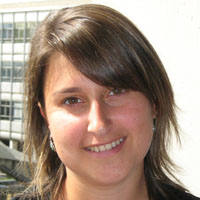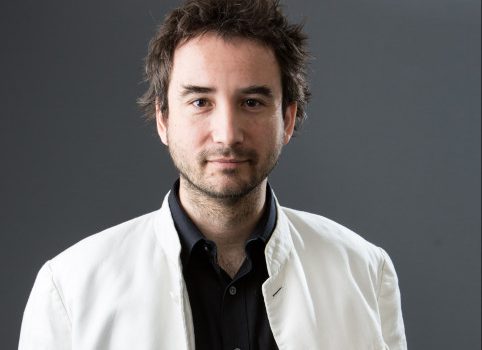
Jury
- Pr Philippe CIBLAT, Telecom Paris Tech, Université de Paris-Saclay (reviewer)
- Pr Mischa DOHLER, King’s College London (reviewer)
- Pr Visa KOIVUNEN, Aalto University (reviewer)
- Pr Inbar FIJALKOW, Université Paris Seine, Université Cergy Pontoise
- Pr André-Luc BEYLOT, Toulouse INP
- Pr Isabelle GUERIN LASSOUS, Université Claude Bernard – Lyon 1
- Pr Jean-Marie GORCE, INSA Lyon
Abstract
My research activities are focused on the uplink in Wireless Sensor Networks, BAN, and IoT networks.
In particular, I have focused on the joint study of the PHY and MAC layers, so as to improve the network perfomance. The main hypothesis of my work is that no resources are to be spent for channel estimation or access protocol organization. The data transmission has thus to be performed such as the receiver is able to take advantage of all diversity at disposal, either introduced by the source, any relaying node, or intrinsic diversity.
In the first part, WBAN (Wireless Body Area Networks) are considered. Measurements campaigns have been conducted to create a data set with correlated channel conditions within a BAN, and among several BANs. With these data, we have proposed and evaluated dedicated frame constructions, when localization is performed with 3WR (3 Way Ranging) protocol using UWB (Ultra Wide Band). Such protocol, designed for static nodes, suffers from the intrinsic mobility of WBAN nodes. The challenge was thus to propose a strategy to ensure distance accuracy, position accuracy, and good positioning success probability, even though no channel information is available prior to the transmission. We have also theoretically evaluated how to optimally distribute the available power among a node and a potential relay.
Furthermore, we have considered IoT applications. Within this context, Fountain Codes and intraflow Network Coding were first studied to improve the transmission reliability. Secondly, the specific interference pattern observed in UNB (Ultra Narrow Band) transmission such as in SigFox network was also considered. In this context, the objective is to take advantage of all available diversity in the signal (temporal, spectral, signal strength, multi-receiver, …) to improve the system performance.
These aforementioned challenges are addressed in this HdR dissertation manuscript. I exposed the solutions we proposed during this last decade and the related obtained results through theoretical analysis, simulation and/or experimentation; as well as other potential directions.


